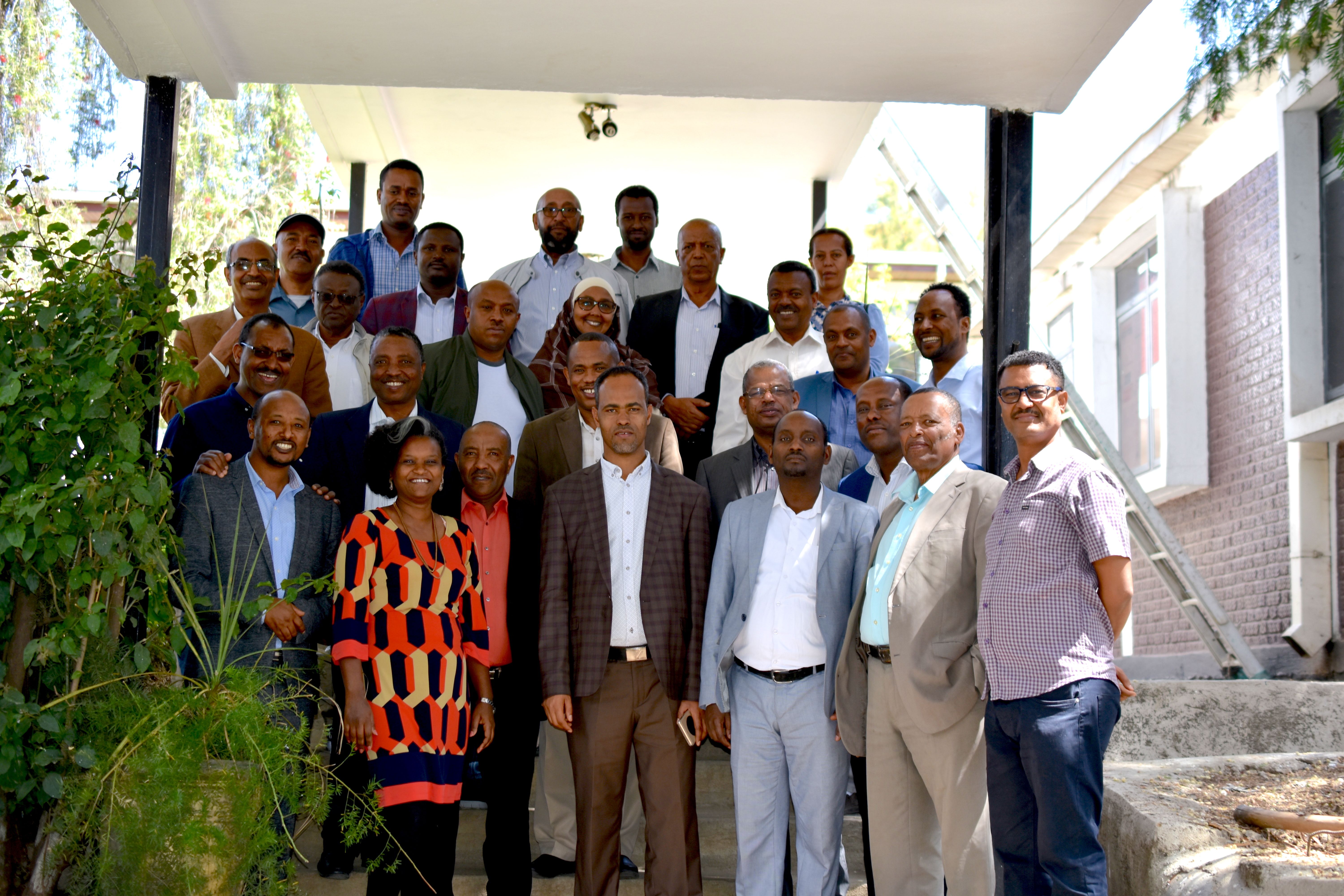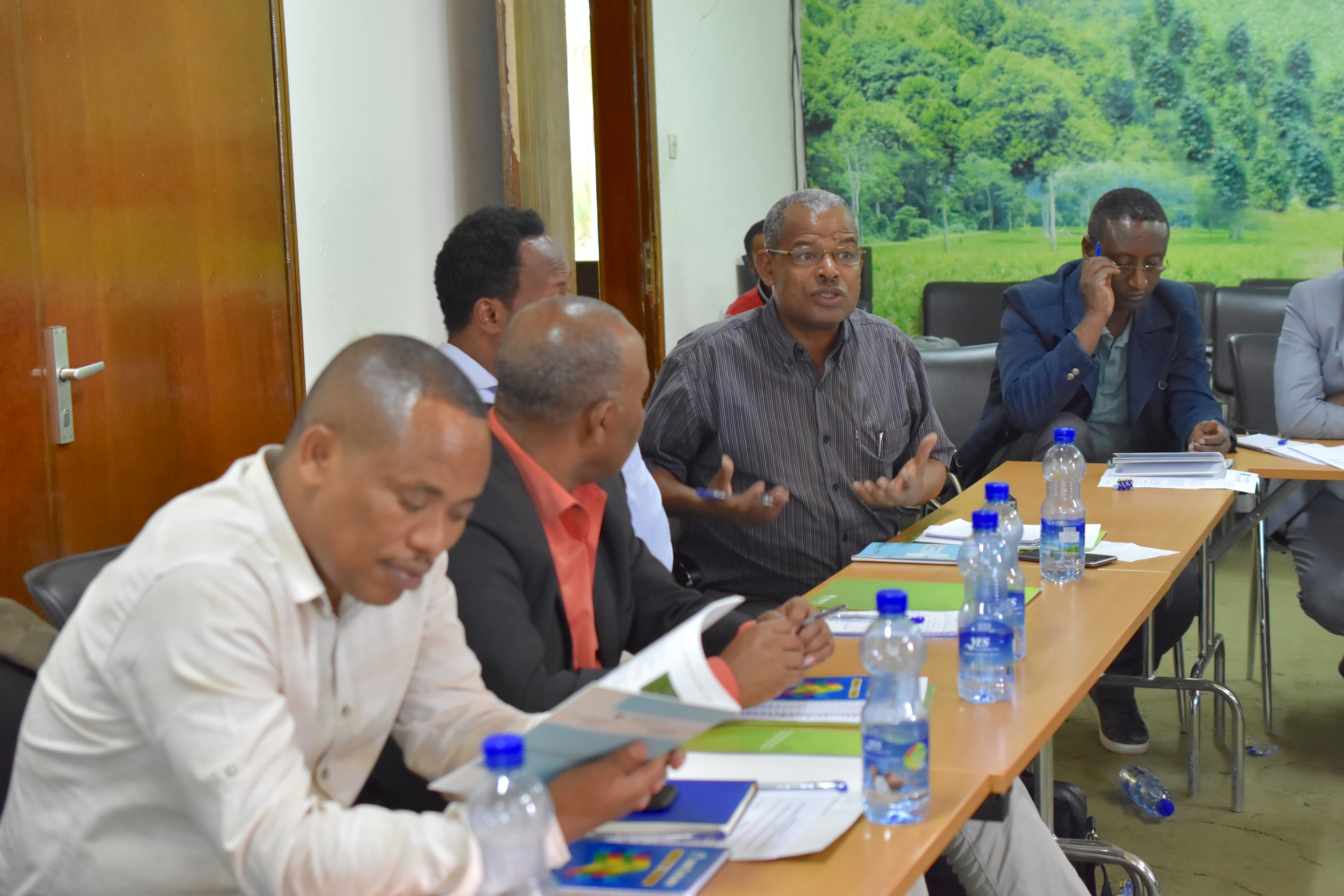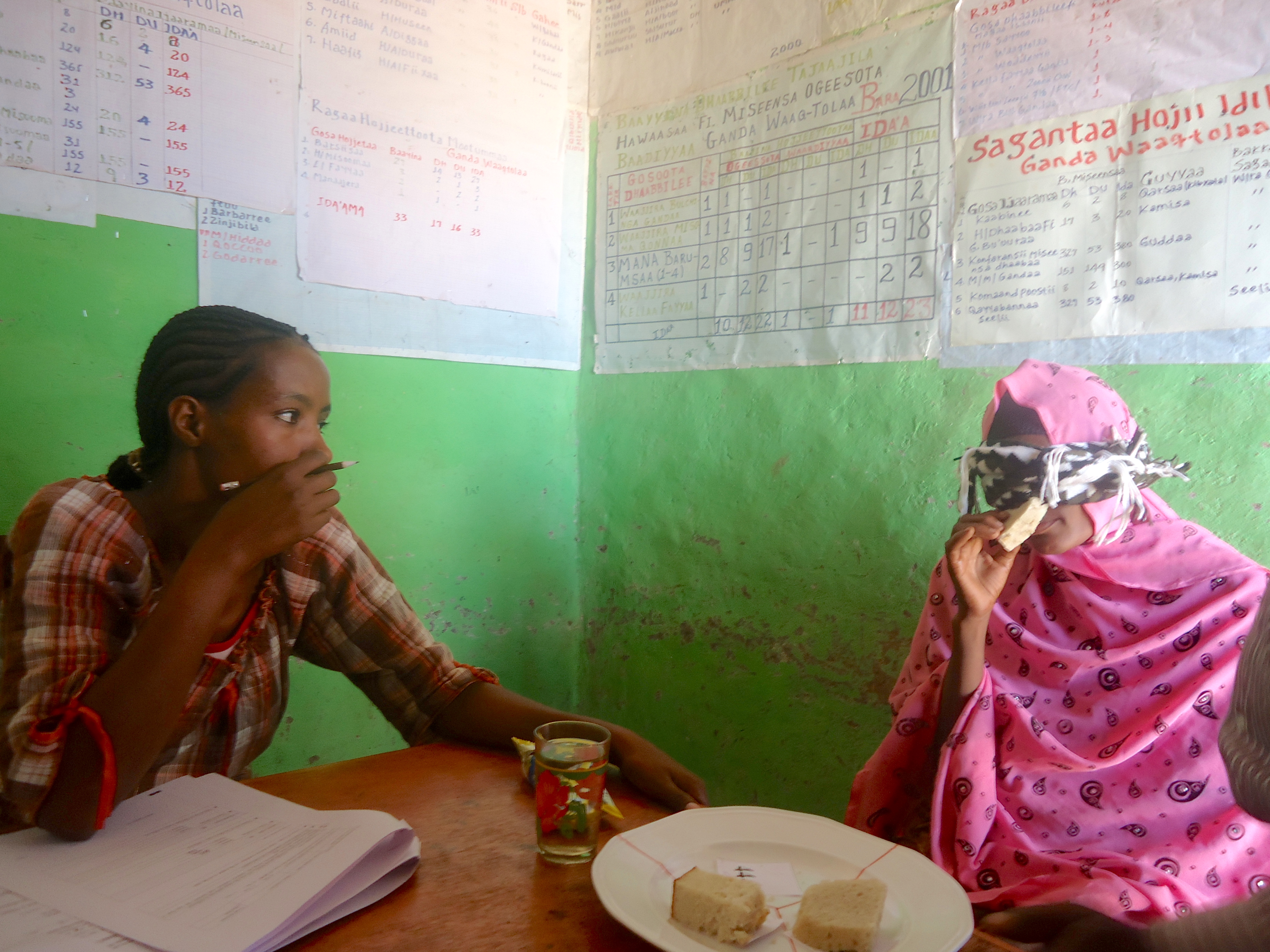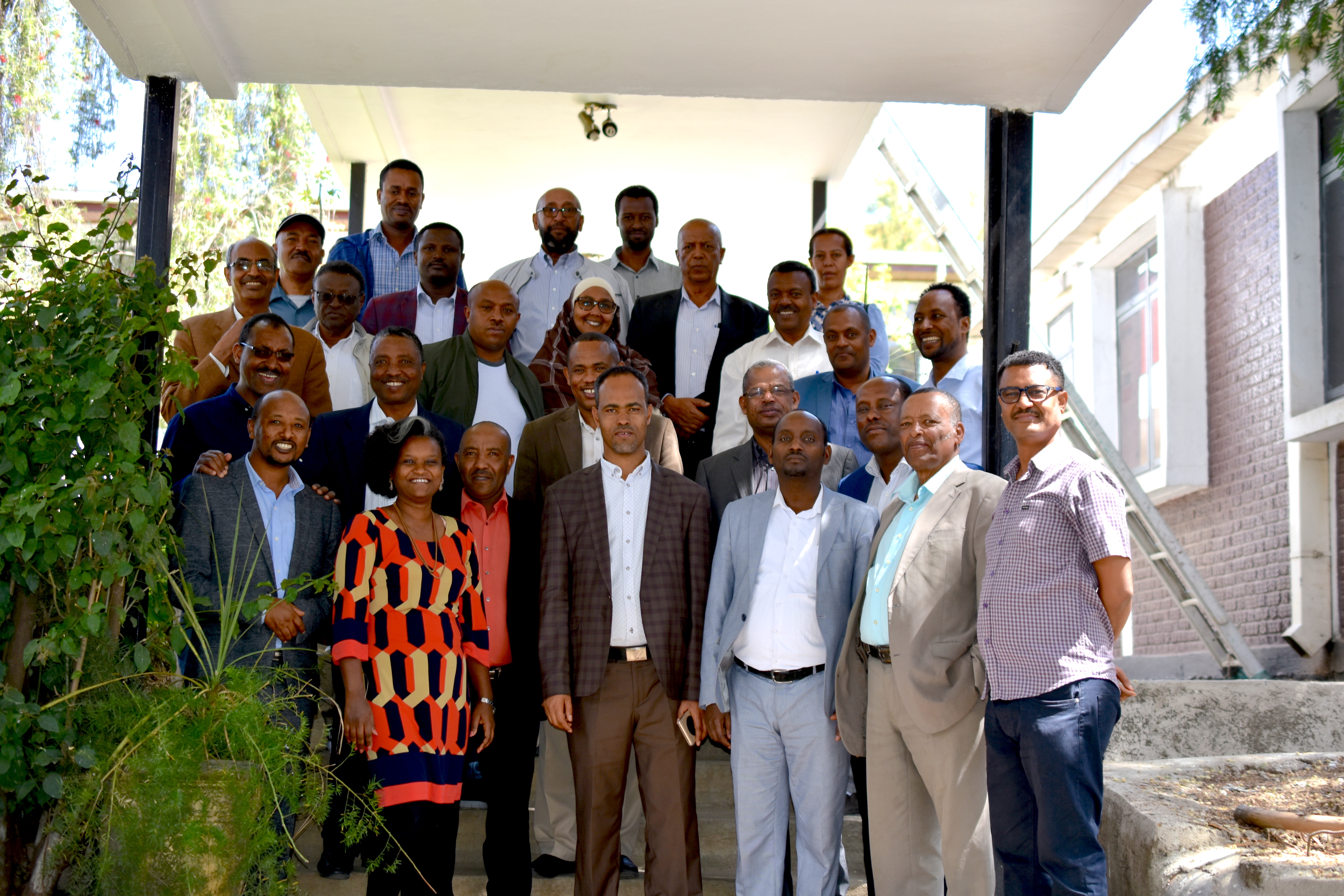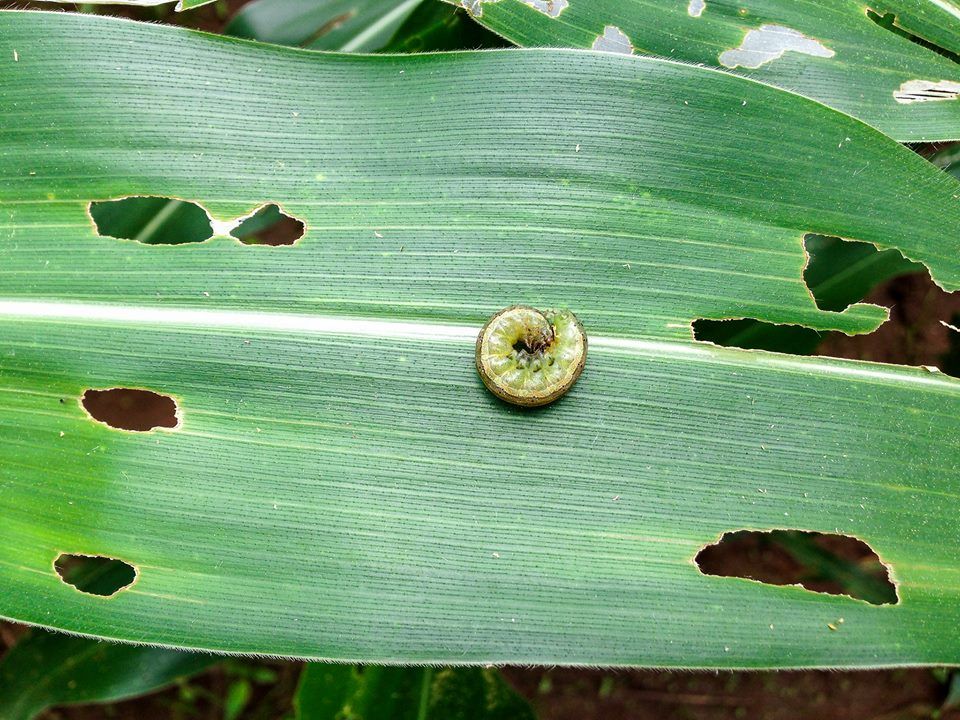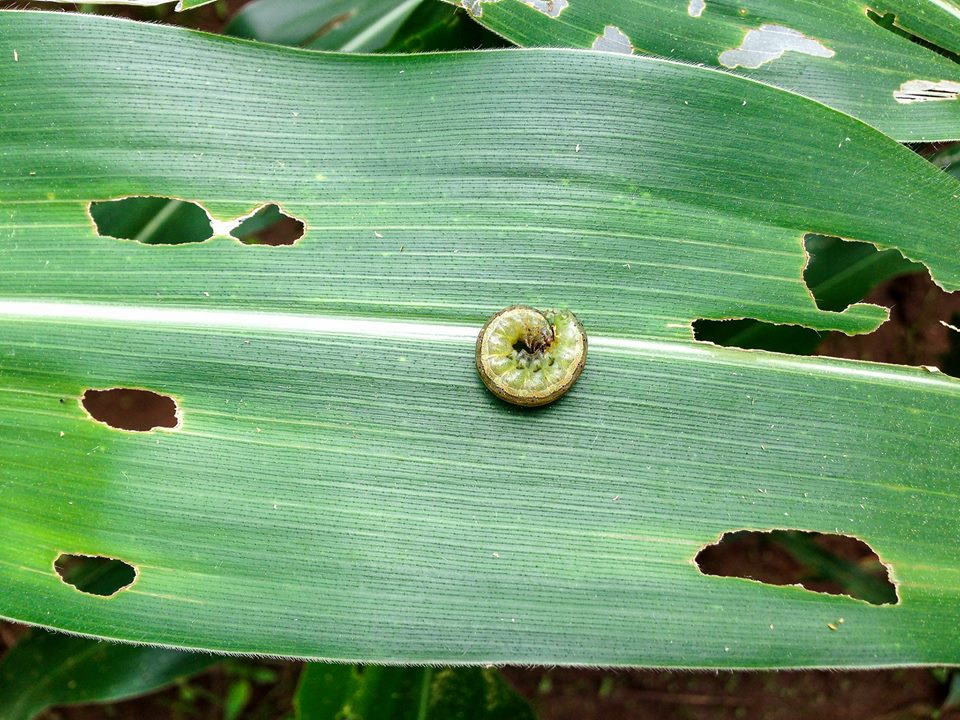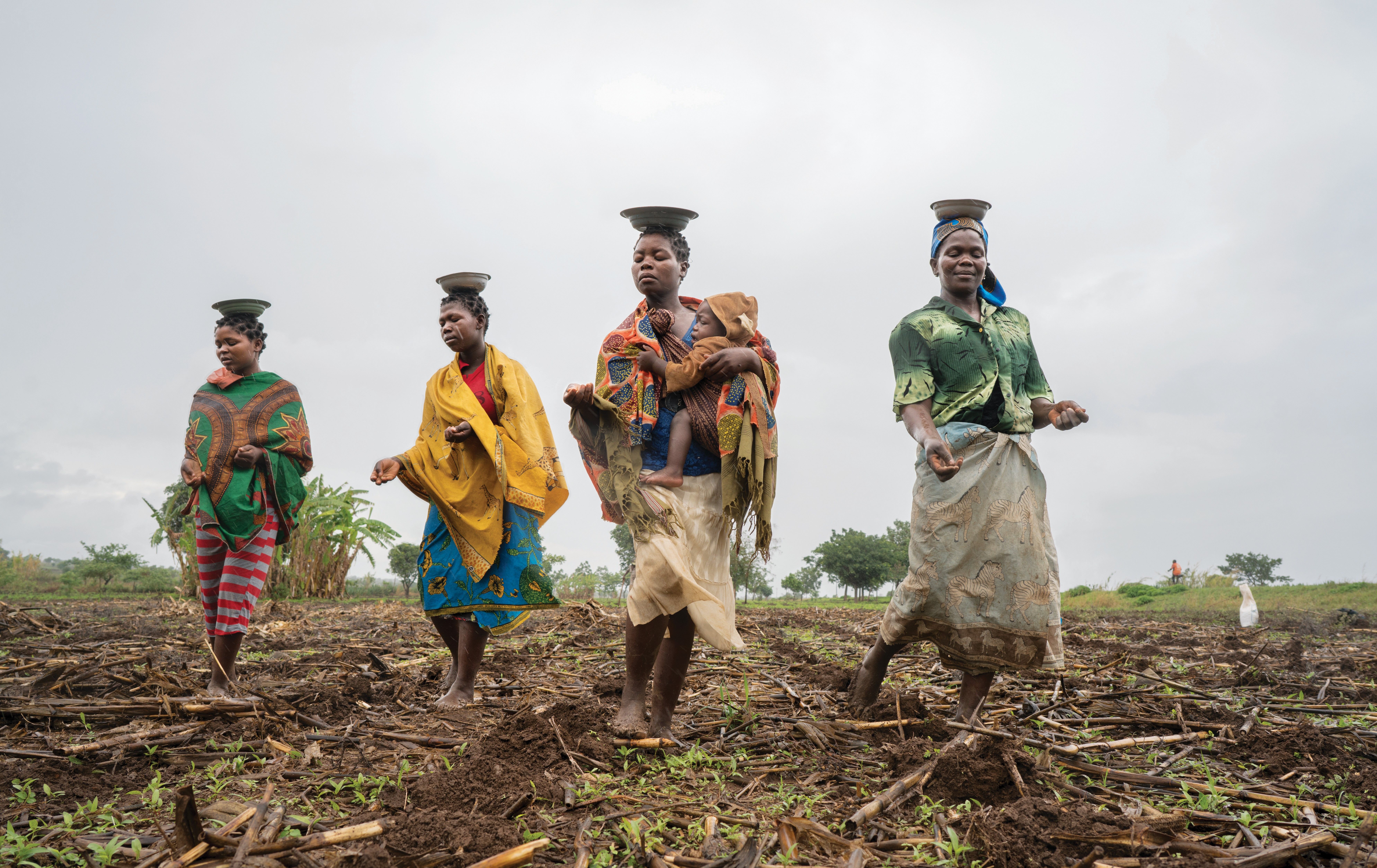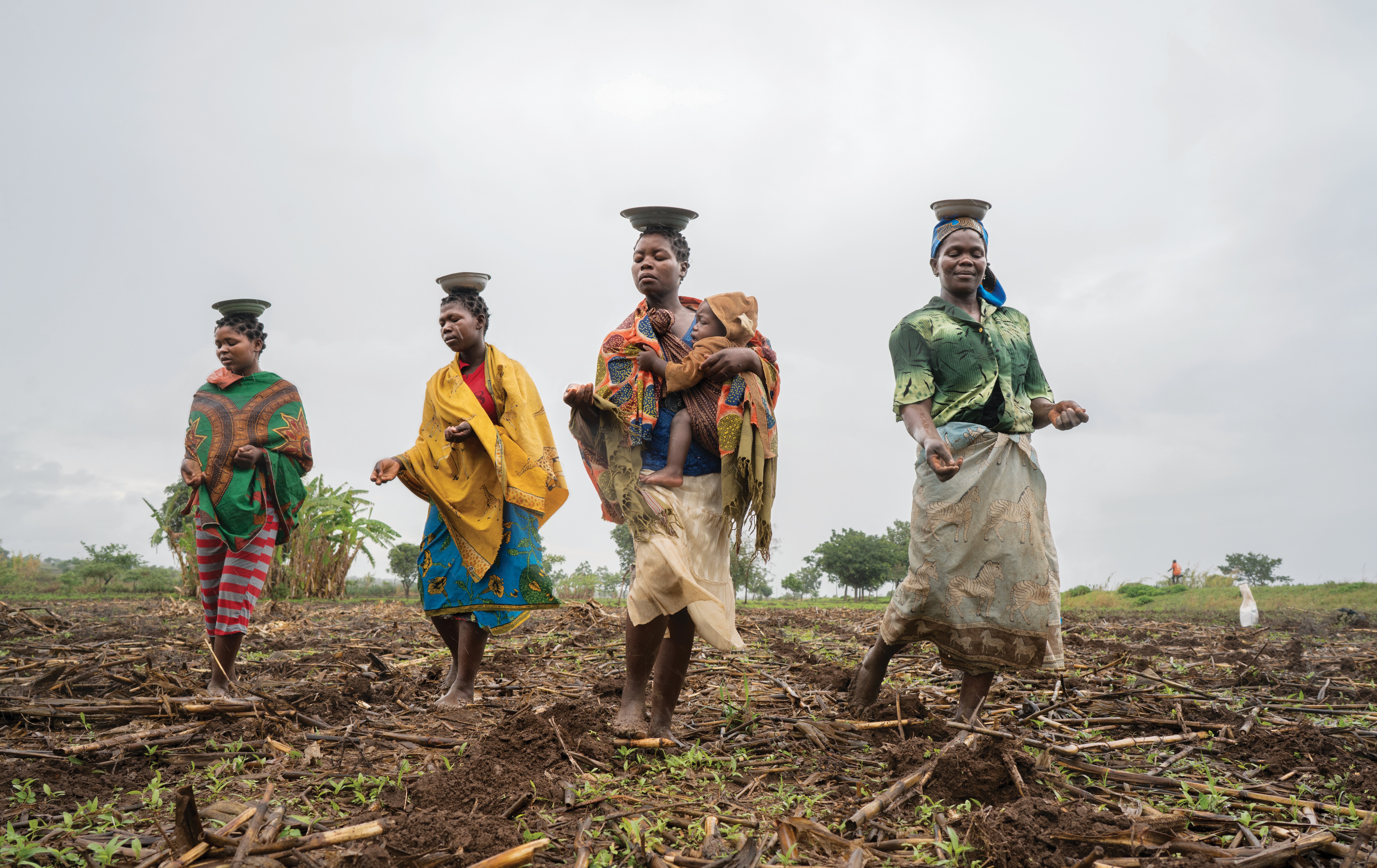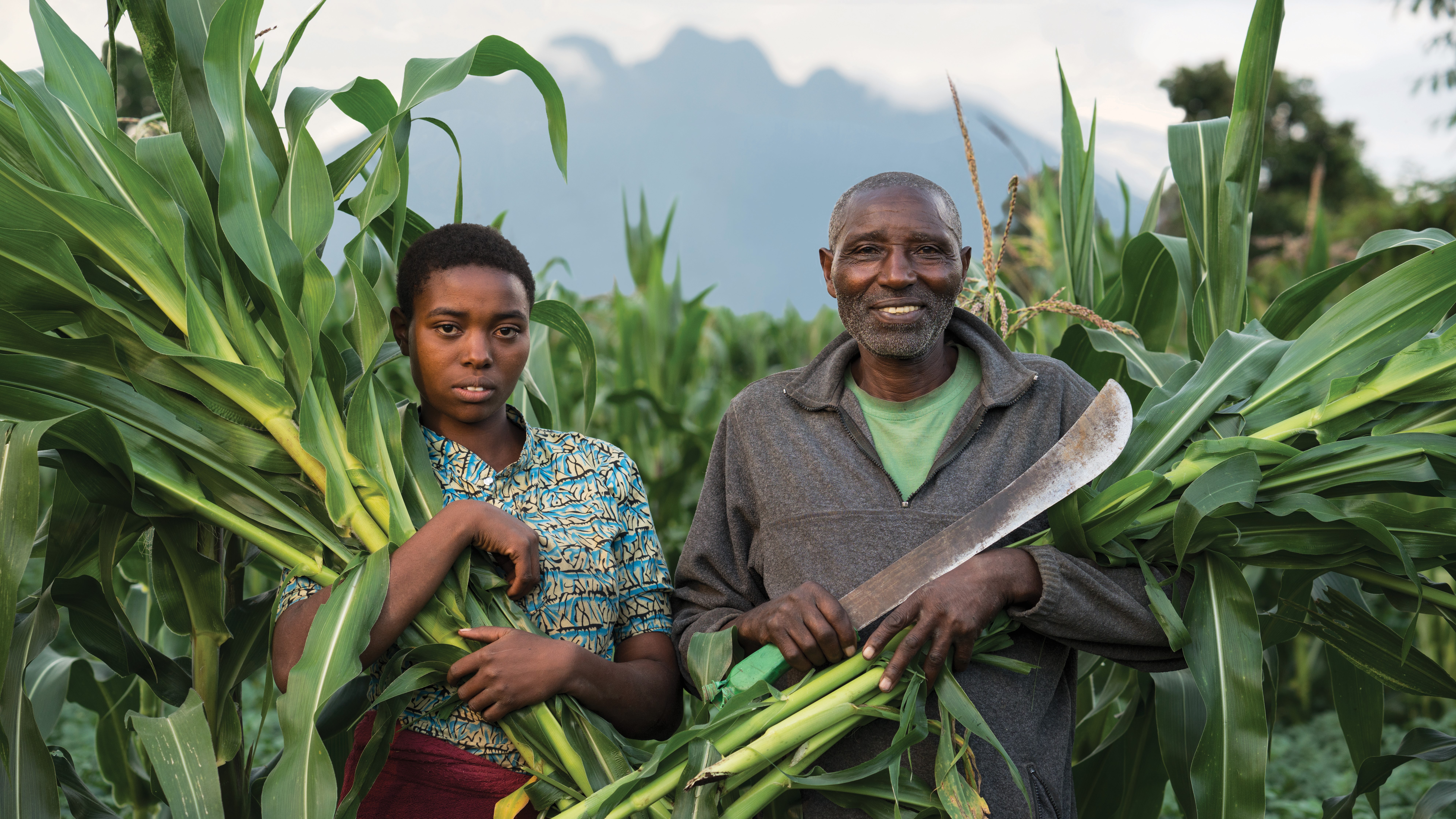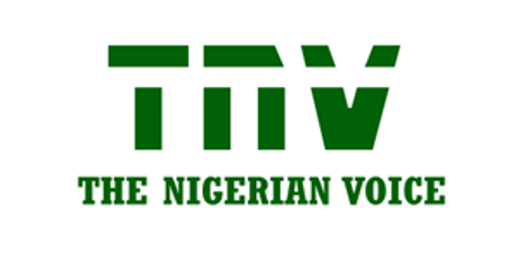Rebuttal letter sets the record straight on crop breeding for climate change resilience
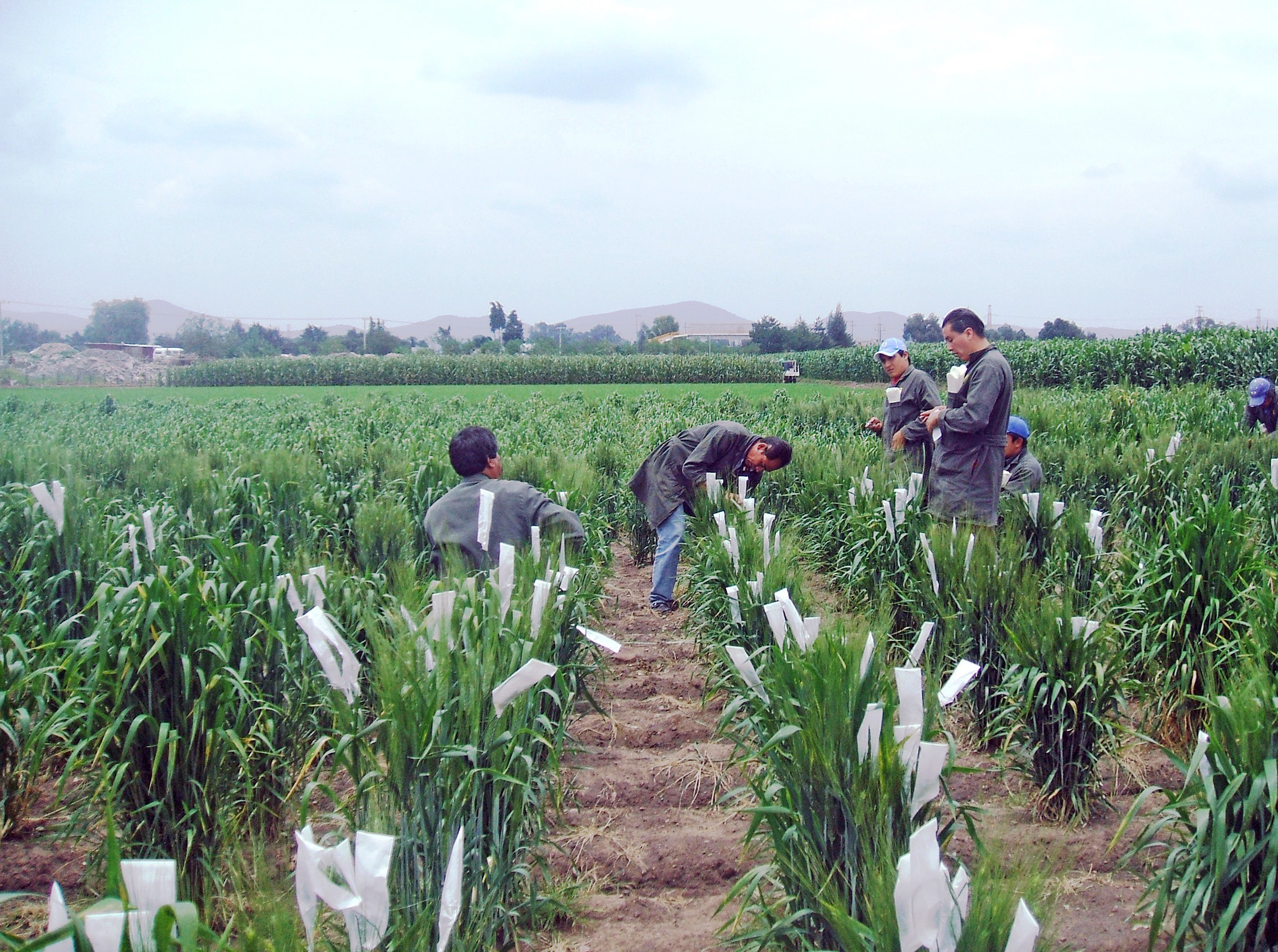
In early 2019, an article published by European climate researchers in the Proceedings of the National Academy of Science (PNAS) journal questioned the climate resilience of modern wheat varieties. The article suggested that modern wheat varieties showed reduced climate resilience as a direct result of modern breeding methods and practices, a claim that researchers at the International Maize and Wheat Improvement Center (CIMMYT) vehemently rebuke.
In a rebuttal letter published in the June issue of PNAS a group of scientists, including CIMMYT’s Susanne Dreisigacker and Sarah Hearne, strongly contradict the finding that breeding has reduced climate resilience in European wheat, citing significant flaws in the authors’ methodology, data analyses and interpretation.
“This article discredits European plant breeders and wheat breeders in general, who have been working over many decades to produce a wide range of regionally adapted, stable varieties which perform well under a broad range of climate change conditions,” said CIMMYT wheat molecular geneticist Susanne Dreisigacker.
Among other flaws, they found a number of omissions and inconsistencies.
- The article shows a lack of understanding of commonly used terms and principles of breeding theory, criticizing newer wheat varieties for demonstrating a decrease in “climatic response diversity.” Less diversity in wheat response — that is, more stable yields despite the influence of climate change — is a benefit, not a threat, to farmers.
- The article authors contradict the common knowledge among farmers and plant breeders that new elite wheat varieties are generally more productive than older varieties; new cultivars are only approved if they show added value in direct comparison to existing varieties.
- The article’s claim of long-term losses of climate resilience in “European wheat” is unsubstantiated. The authors extensively used data from three small countries — the Czech Republic, Denmark and Slovakia — which contribute less than five percent of Europe’s wheat supply. Three of the five most important wheat producers in Europe — Russia, Ukraine and the United Kingdom — were not accounted for in the analysis.
- The authors failed to report the actual wheat yields in their study, neglected to publish the underlying data with the manuscript and have up to now declined requests to make the data available.
Europe is one of the world’s major wheat producers and threats to its wheat production due to climate change would have serious consequences for world’s food security. Luckily, say the scientists who published the rebuttal letter, this fear is unfounded.
“Wheat producers and bread consumers around the world will be relieved to learn that breeders have not ignored climate change after all,” said letter lead-author Rod Snowdon, from the Department of Plant Breeding at Justus Liebig University of Giessen, Germany.
The full rebuttal letter by 19 international plant breeders, agronomists and scientists, is available on the PNAS site and reprinted in its entirety below.
Reduced response diversity does not negatively impact wheat climate resilience
Kahiluoto et al. (1) assert that climate resilience in European wheat has declined due to current breeding practices. To support this alarming claim, the authors report yield variance data indicating increasingly homogeneous responses to climatic fluctuations in modern wheat cultivars. They evaluated “response diversity,” a measure of responses to environmental change among different species jointly contributing to ecosystem functions (2). We question the suitability of this measure to describe agronomic fitness in single-cultivar wheat cropping systems. Conclusions are made about “long-term trends,” which in fact span data from barely a decade, corresponding to the duration of a single wheat breeding cycle. The authors furthermore acknowledge increasing climate variability during the study period, confounding their analysis of climate response in the same time span.
The underlying data are not published with the manuscript. Thus, the assertion that there is “no inherent trade-off between yield potential and diversity in weather responses” (1) cannot be verified. Inexplicably, the analysis and conclusions ignore absolute yields, which increase over time through breeding (3–6). Furthermore, incompatible data from completely different ecogeographical forms and species of wheat are apparently considered together, and the dataset is strongly biased toward a few small countries with minimal wheat production and narrow agroclimatic gradients.
The study assumes that increased response diversity among different cultivars is associated with yield stability. In contrast, the common, agronomic definition of yield stability refers to the ability of a single cultivar to stably perform well in diverse environments, without excessive responses to fluctuating conditions. Response diversity measures that ignore absolute yield do not support statements about food security or financial returns to farmers.
Cultivar yield potential, stability, and adaptation are enhanced by multienvironment selection over long breeding time frames, encompassing climate fluctuations and a multitude of other relevant environmental variables. Translation to on-farm productivity is promoted by national registration trials and extensive, postregistration regional variety trials in diverse environments. The unsurprising conclusion that planting multiple cultivars enhances overall production stability mirrors longstanding farming recommendations and practice (7). The availability of robust performance data from a broad range of high-performing cultivars enables European farmers to manage their production and income risks.
Kahiluoto et al. (1) speculate about “genetic erosion” of modern cultivars due to a “lack of incentives for breeders to introduce divergent material.” To substantiate these claims, the authors cite inadequate genetic data from non-European durum wheat (8), while explicitly dismissing clearly opposing findings about genetic diversity in European bread wheat (9). Short-term reductions in response diversity in five countries were misleadingly reported as a “long-term decline” in climate resilience in “most European countries,” although six out of seven countries with sufficient data showed no long-term decline. The article from Kahiluoto et al. and the misrepresentation of its results distorts decades of rigorous, successful breeding for yield potential and stability in European wheat and misleads farmers with pronouncements that are not supported by relevant data.
References:
1 H. Kahiluoto et al., Decline in climate resilience of European wheat. Proc. Natl. Acad. Sci. USA 116, 123–128 (2019).
2 T. Elmqvist et al., Response diversity, ecosystem change, and resilience. Front. Ecol. Environ. 1, 488–494 (2003).
3 S. De Schepper, M. De Loose, E. Van Bockstaele, P. Debergh, Ploidy analysis of azalea flower colour sports. Meded. Rijksuniv. Gent. Fak. Landbouwkd. Toegep. Biol. Wet. 66, 447–449 (2001).
4 I. Mackay et al., Reanalyses of the historical series of UK variety trials to quantify the contributions of genetic and environmental factors to trends and variability in yield over time. Theor. Appl. Genet. 122, 225–238 (2011).
5 F. Laidig et al., Breeding progress, environmental variation and correlation of winter wheat yield and quality traits in German official variety trials and on-farm during 1983-2014. Theor. Appl. Genet. 130, 223–245 (2017).
6 T. Würschum, W. L. Leiser, S. M. Langer, M. R. Tucker, C. F. H. Longin, Phenotypic and genetic analysis of spike and kernel characteristics in wheat reveals long-term genetic trends of grain yield components. Theor. Appl. Genet. 131, 2071–2084 (2018).
7 P. Annicchiarico, “Genotype x environment interactions: Challenges and opportunities for plant breeding and cultivar recommendations.” (Food and Agriculture 201 Organisation of the United Nations, Rome, Italy, 2002), FAO Plant Production and Protection Paper 174.
8 F. Henkrar et al., Genetic diversity reduction in improved durum wheat cultivars of Morocco as revealed by microsatellite markers. Sci. Agric. 73, 134–141 (2016).
9 M. van de Wouw, T. van Hintum, C. Kik, R. van Treuren, B. Visser, Genetic diversity trends in twentieth century crop cultivars: A meta analysis. Theor. Appl. Genet. 120, 1241–1252 (2010).
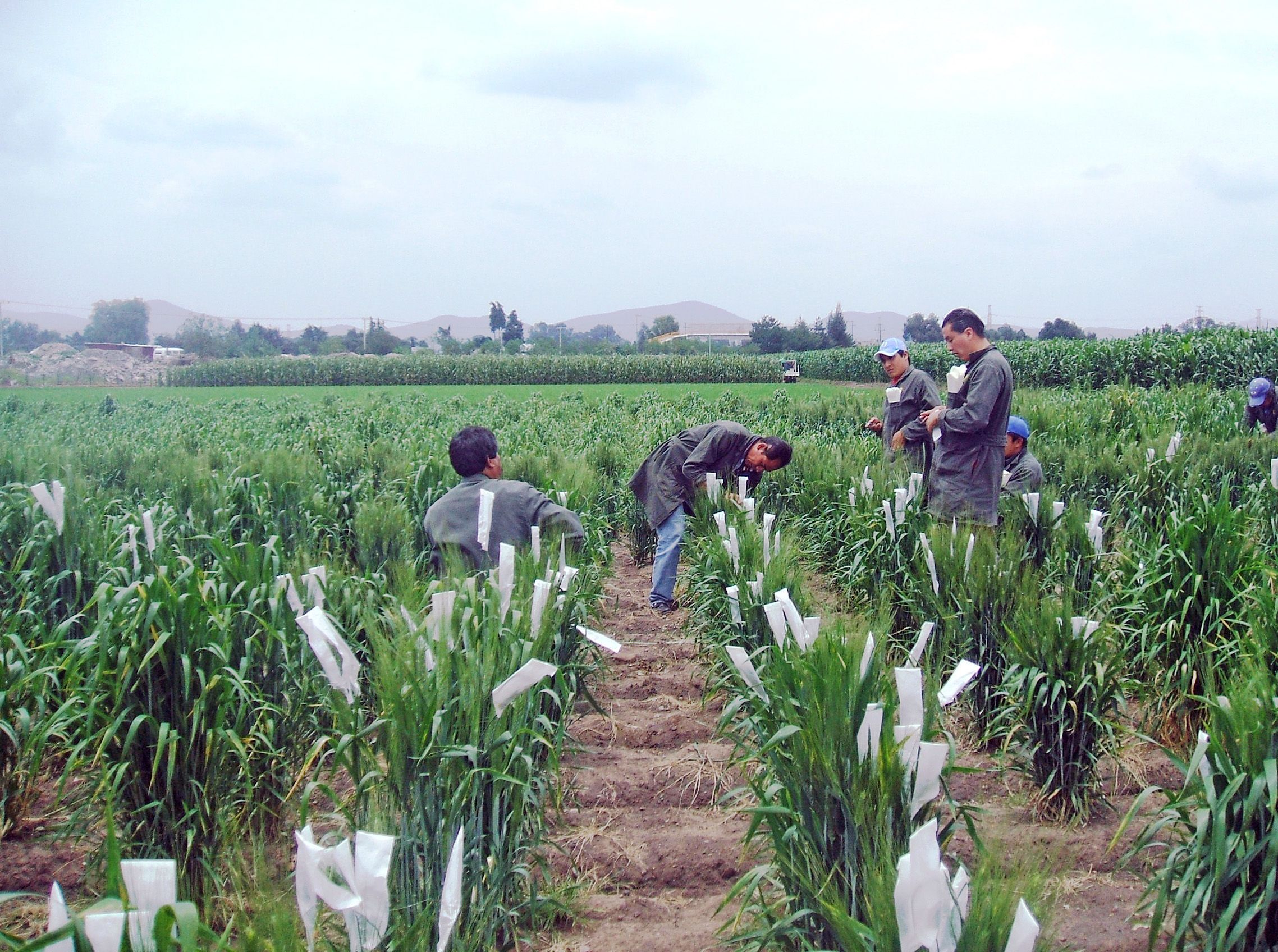
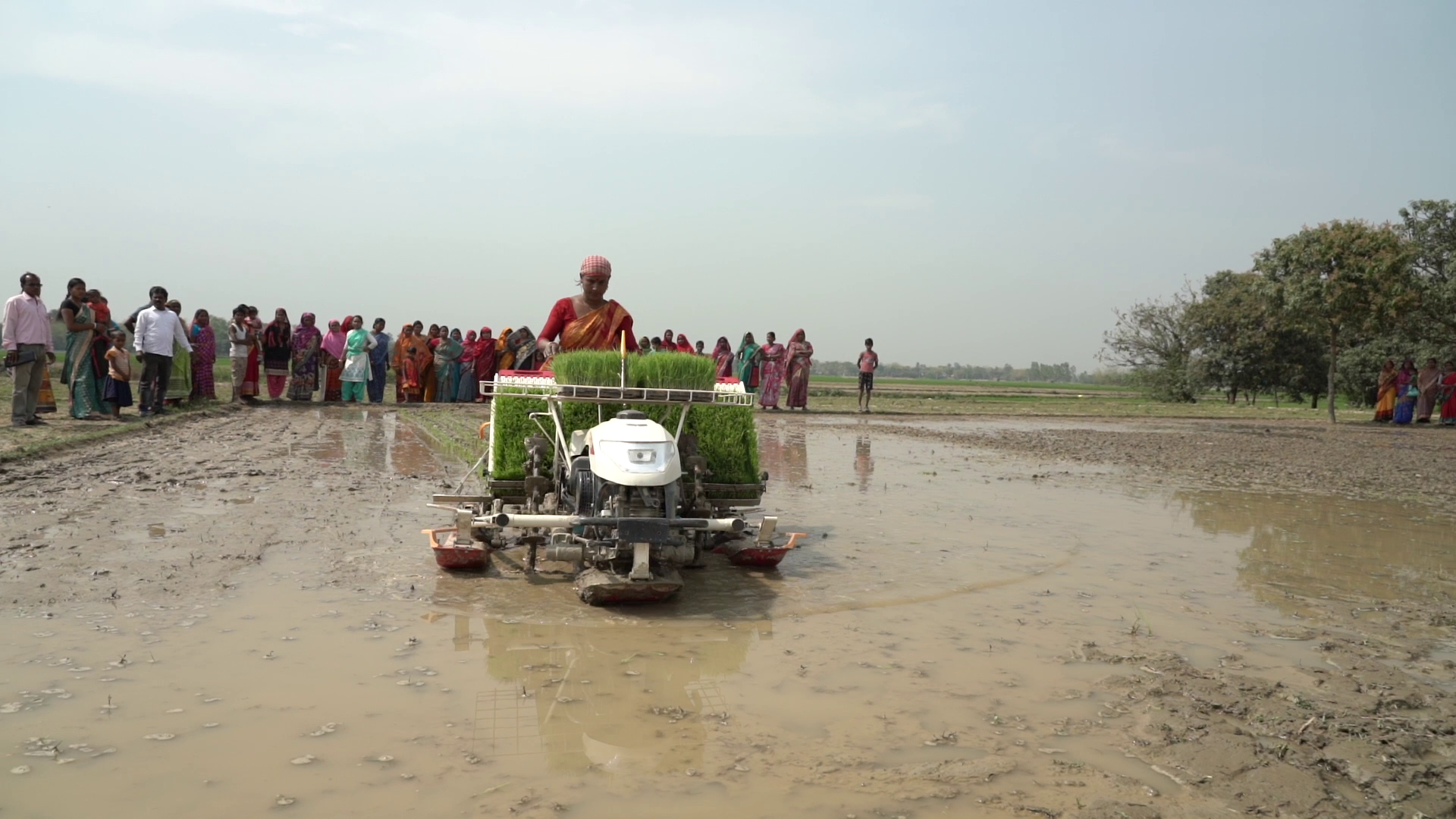
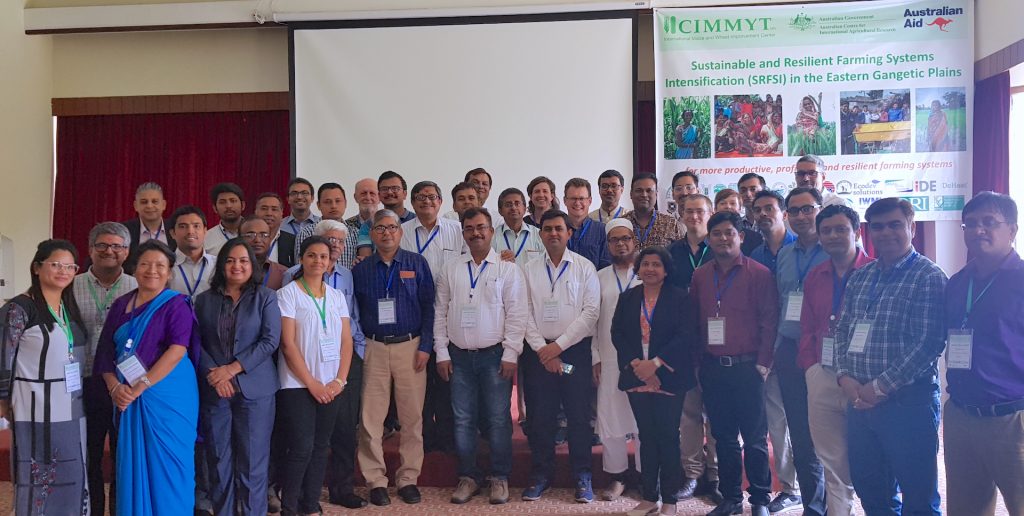
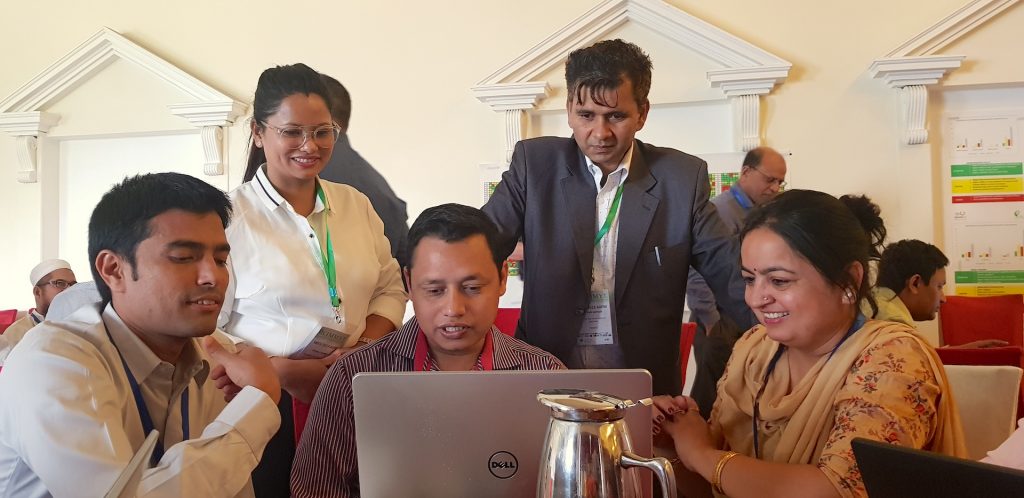

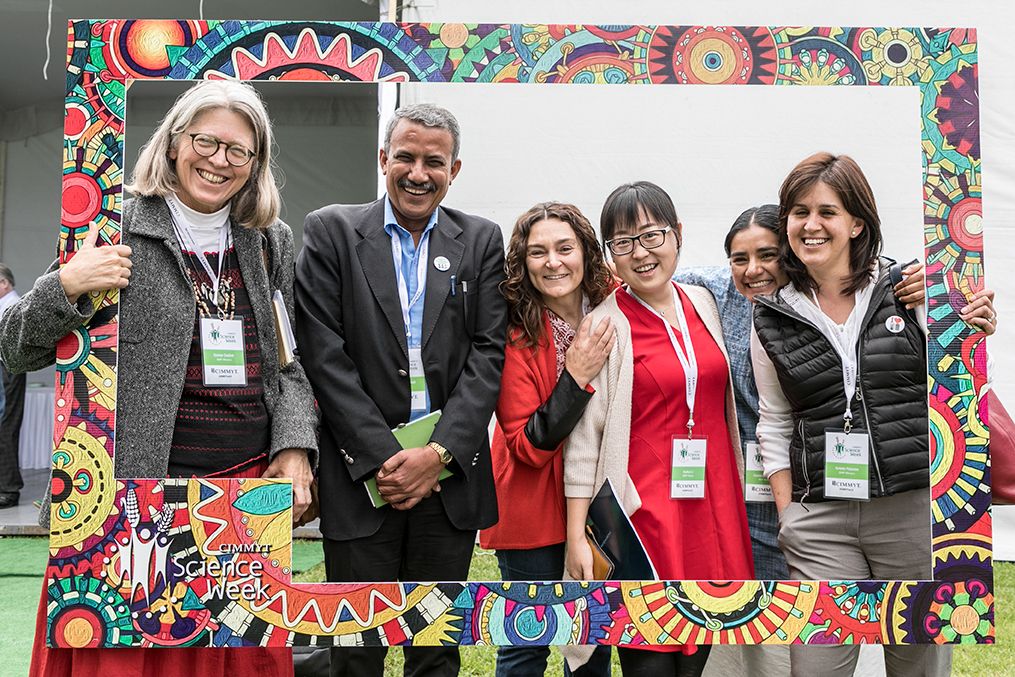
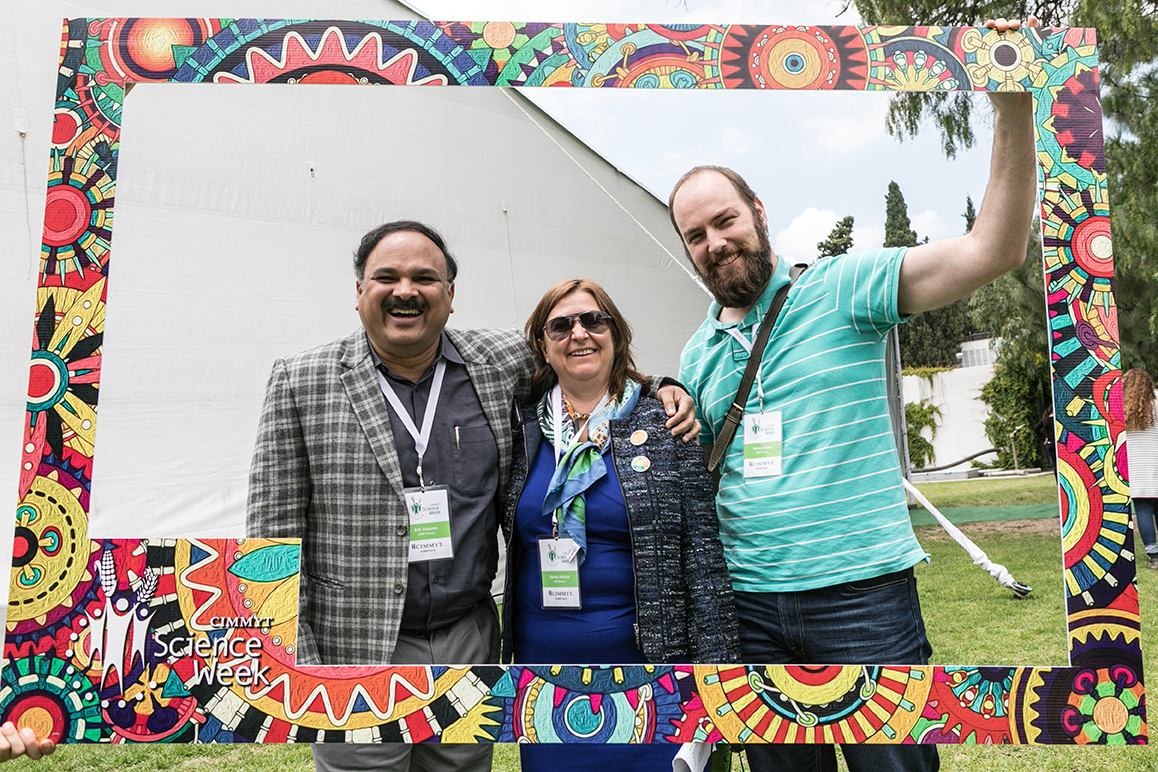
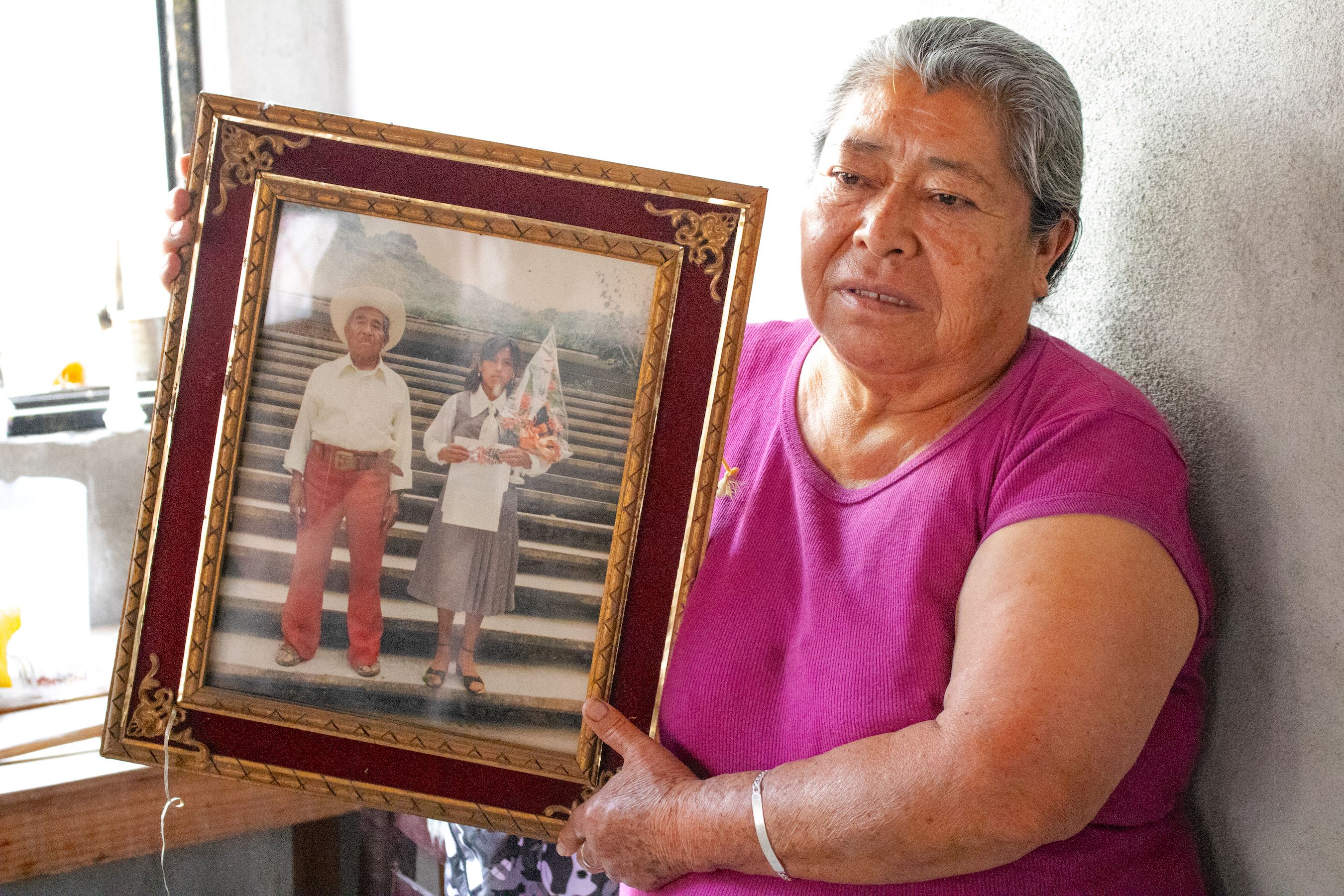
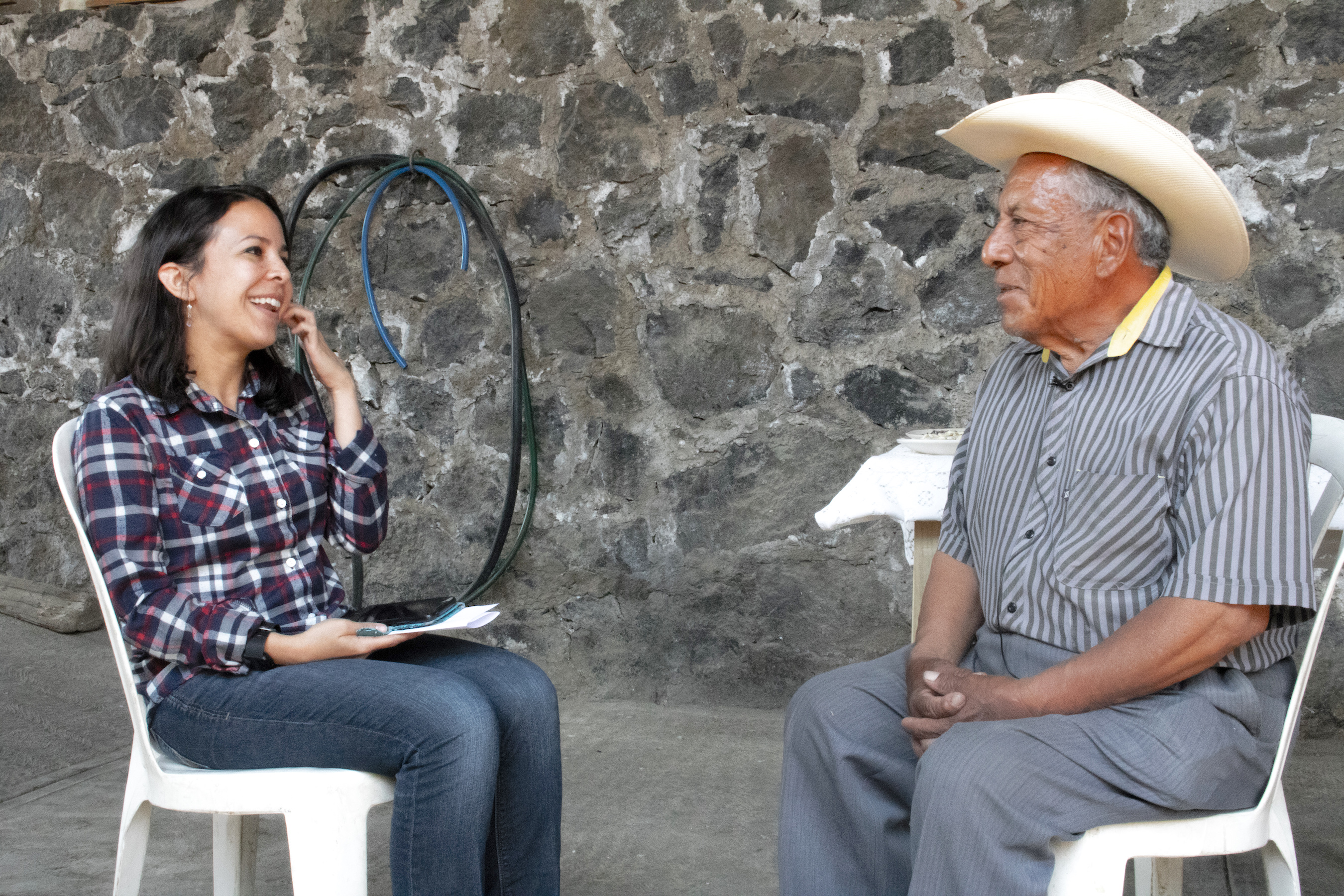
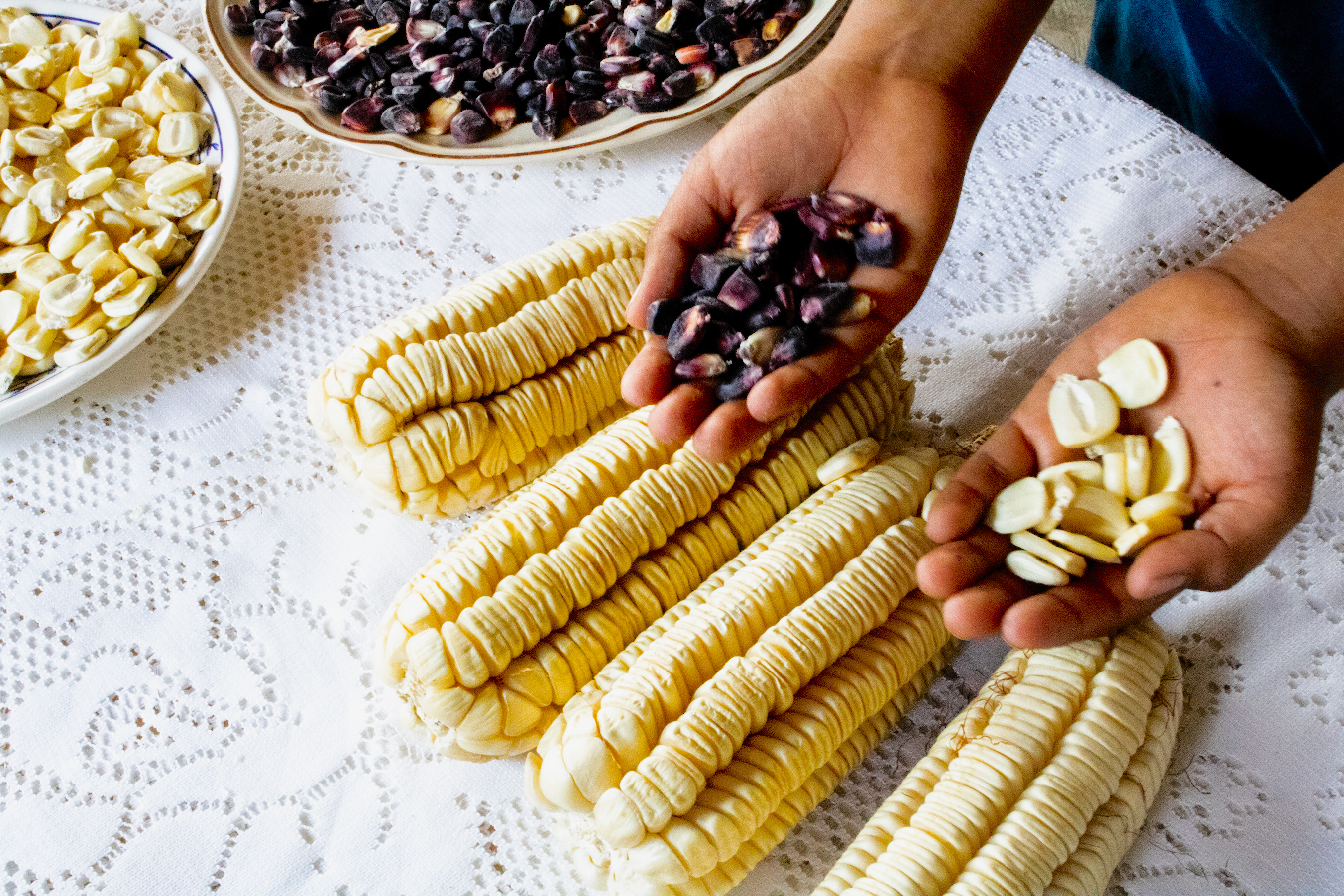
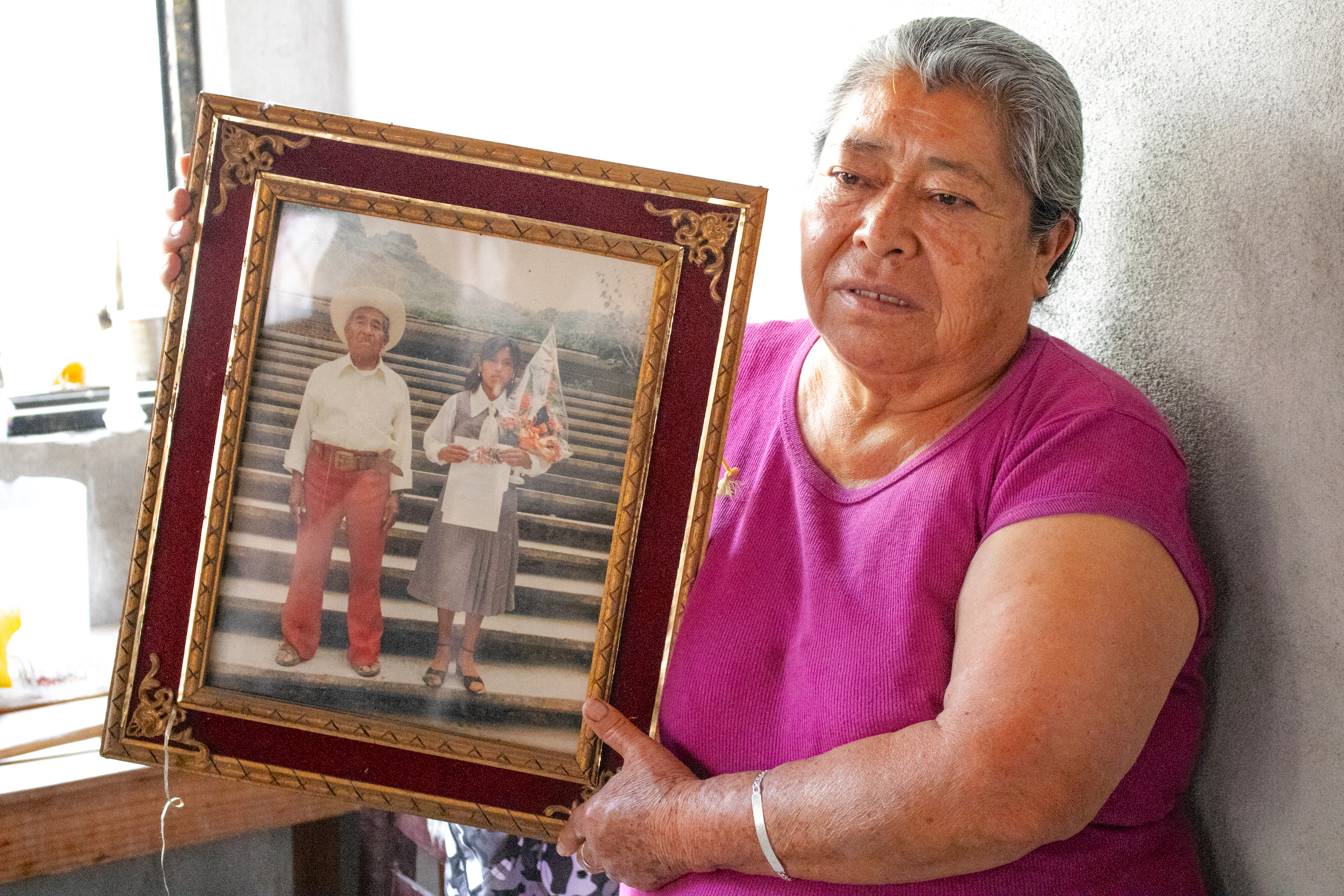

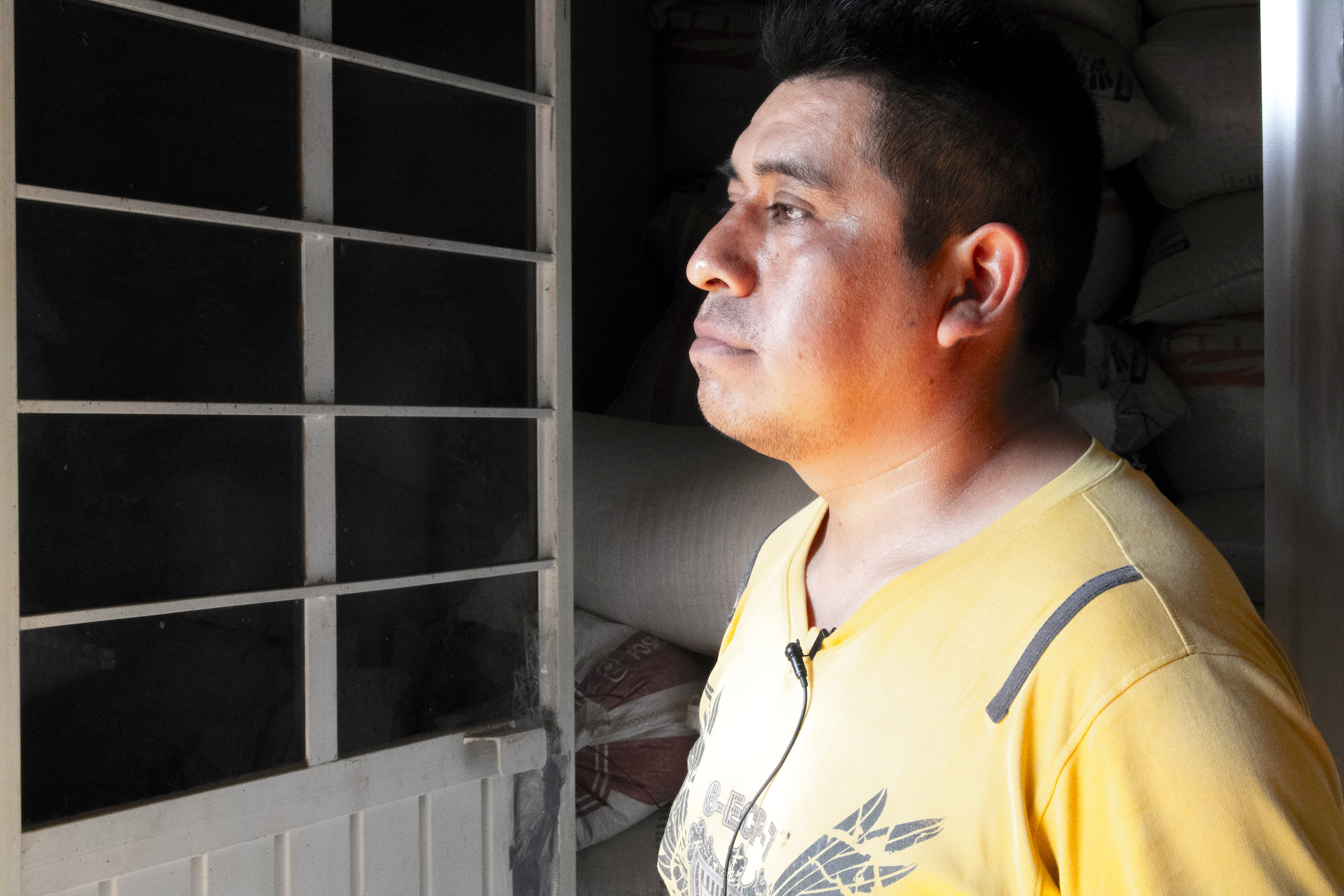


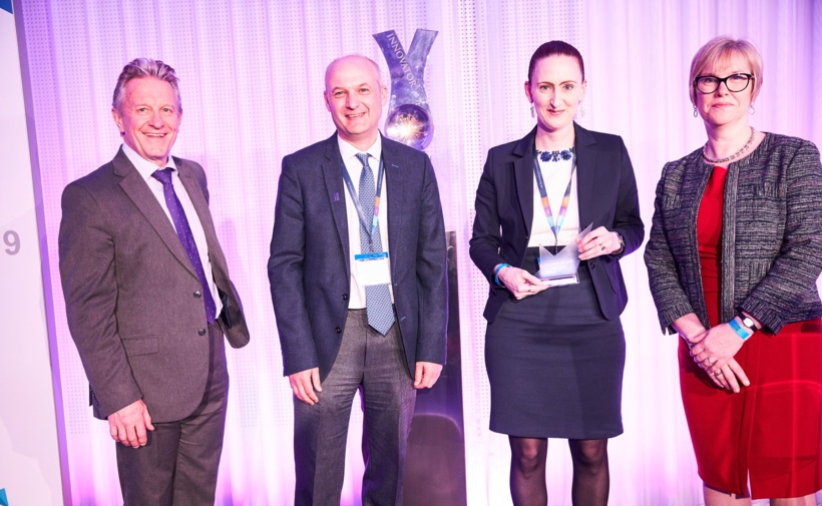
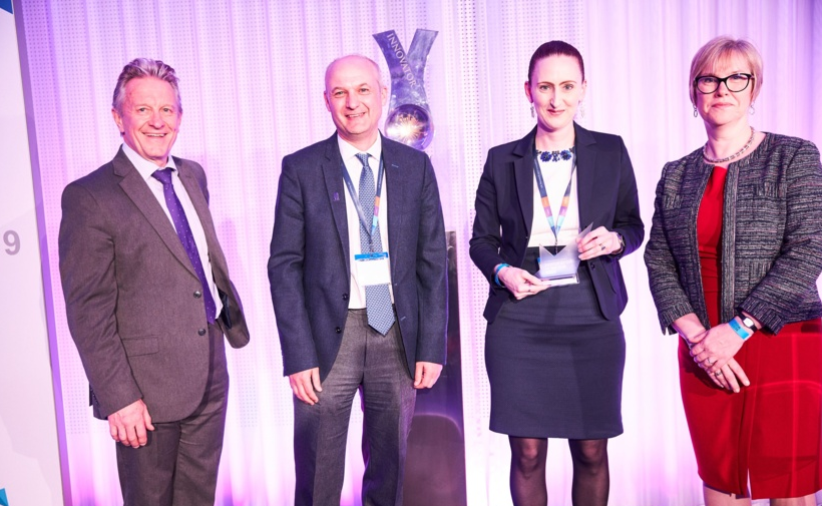
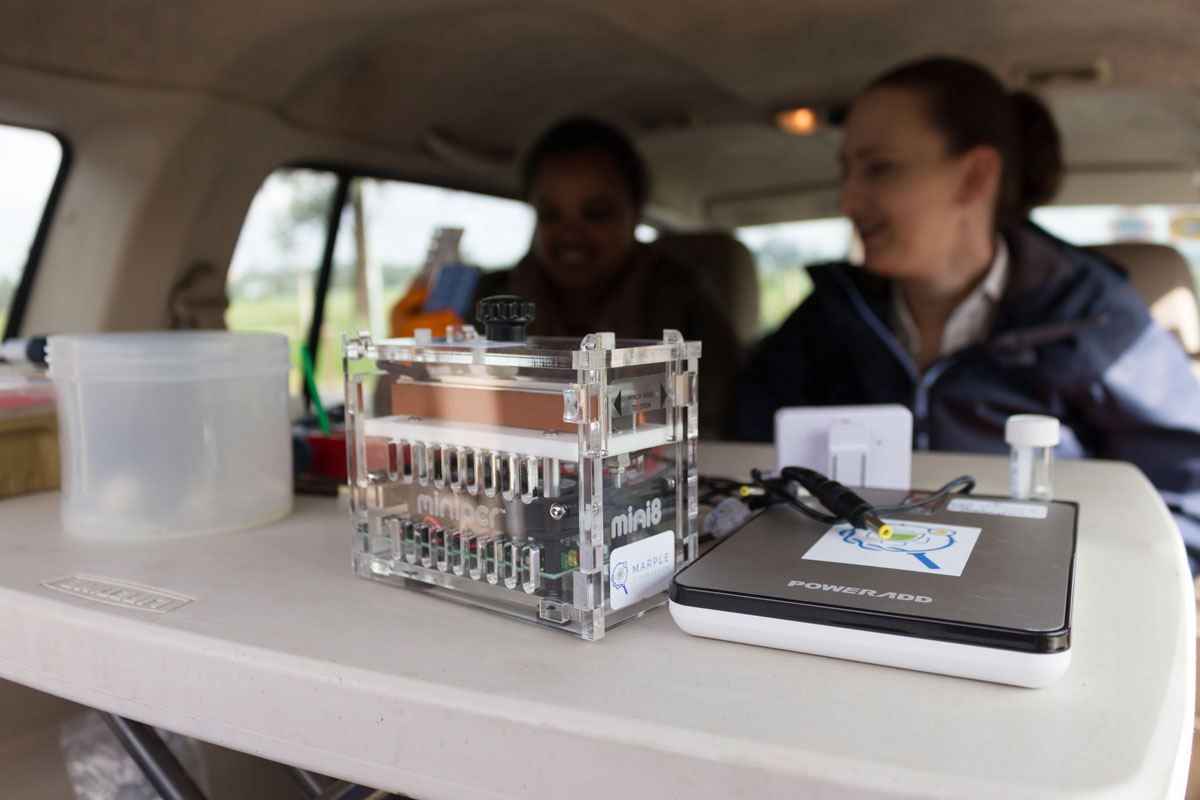
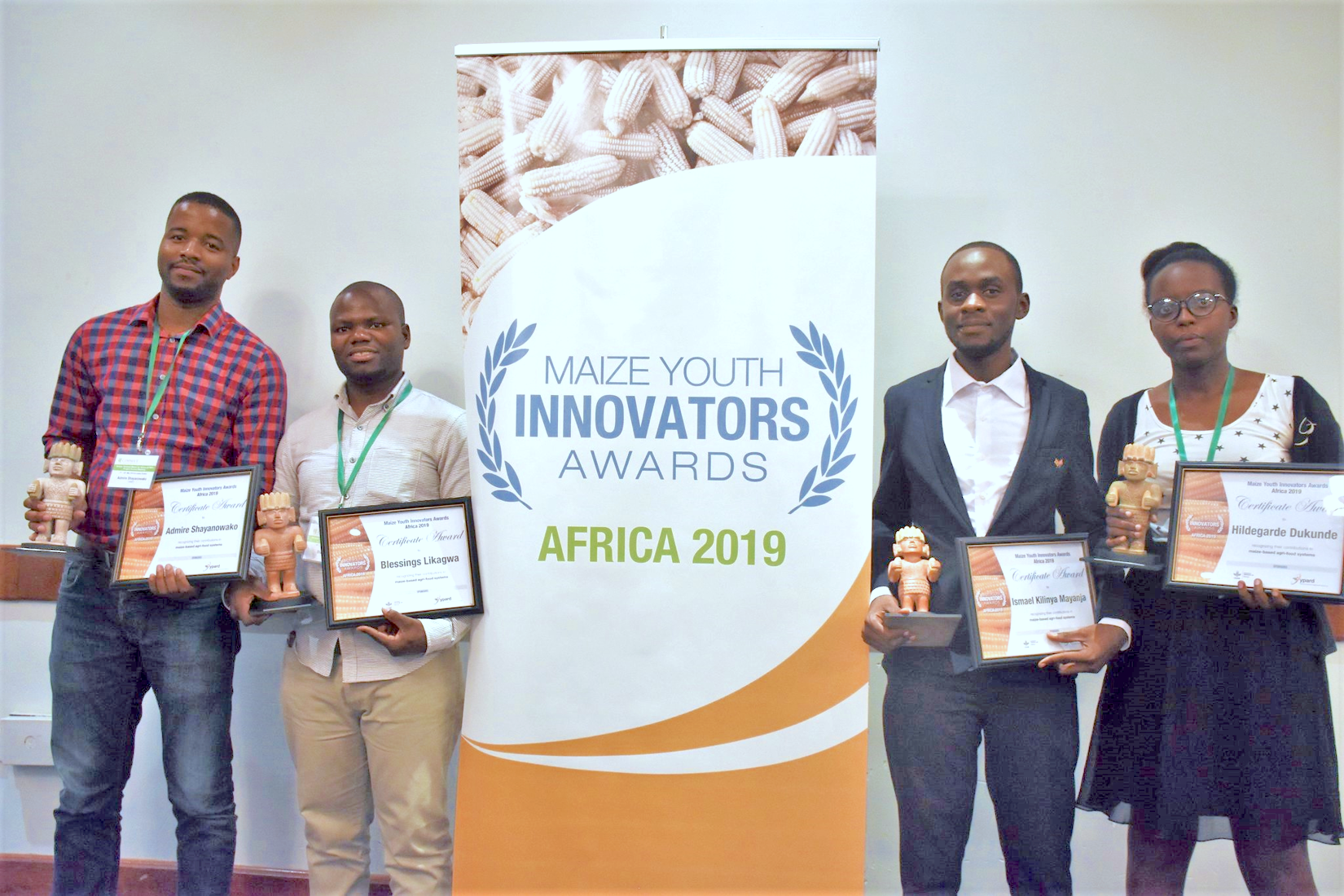

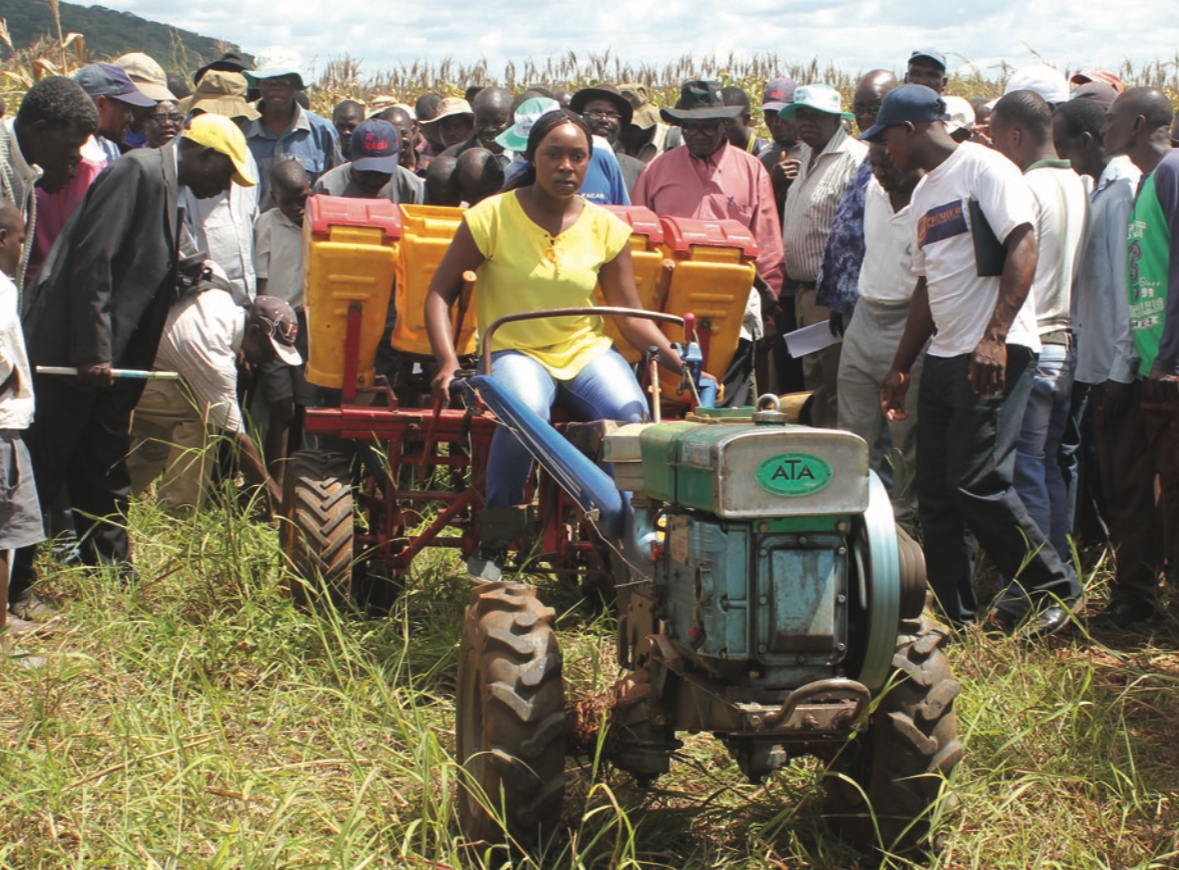
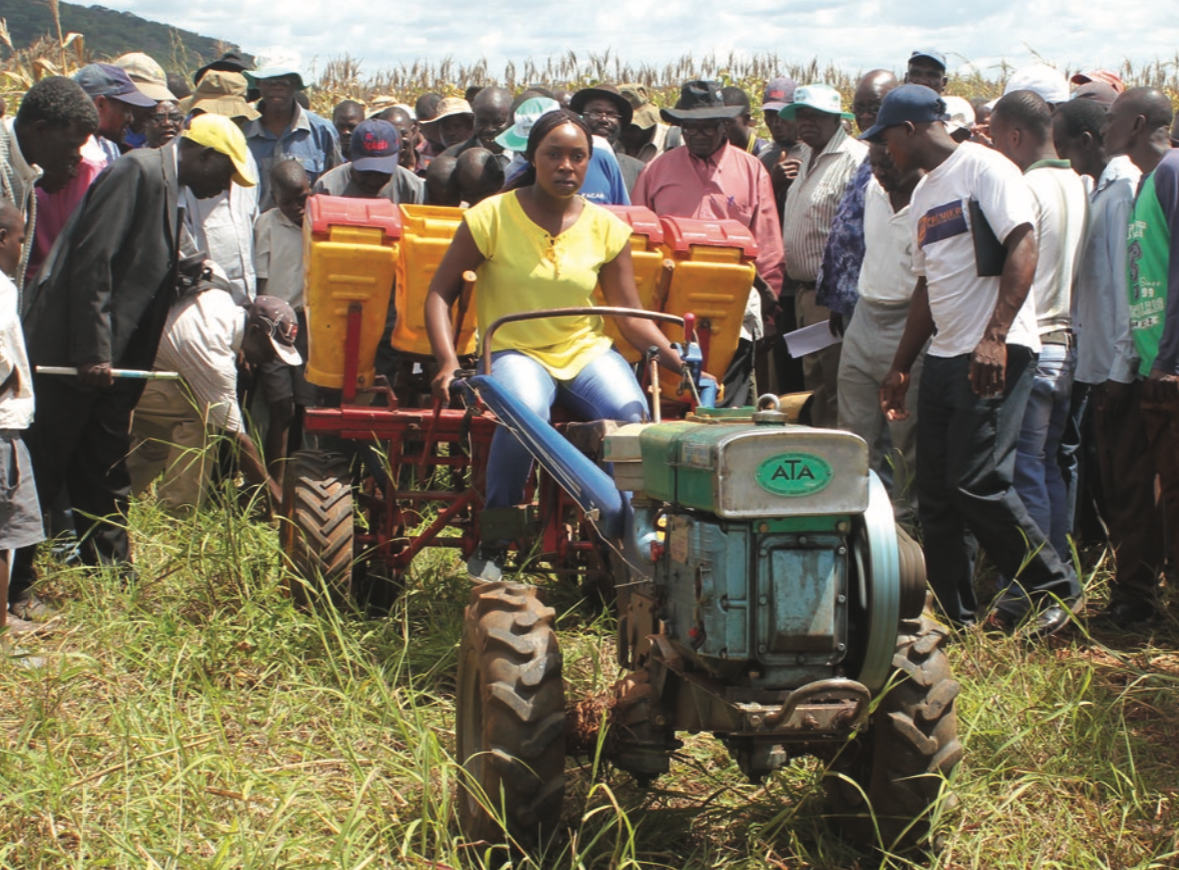 A
A 